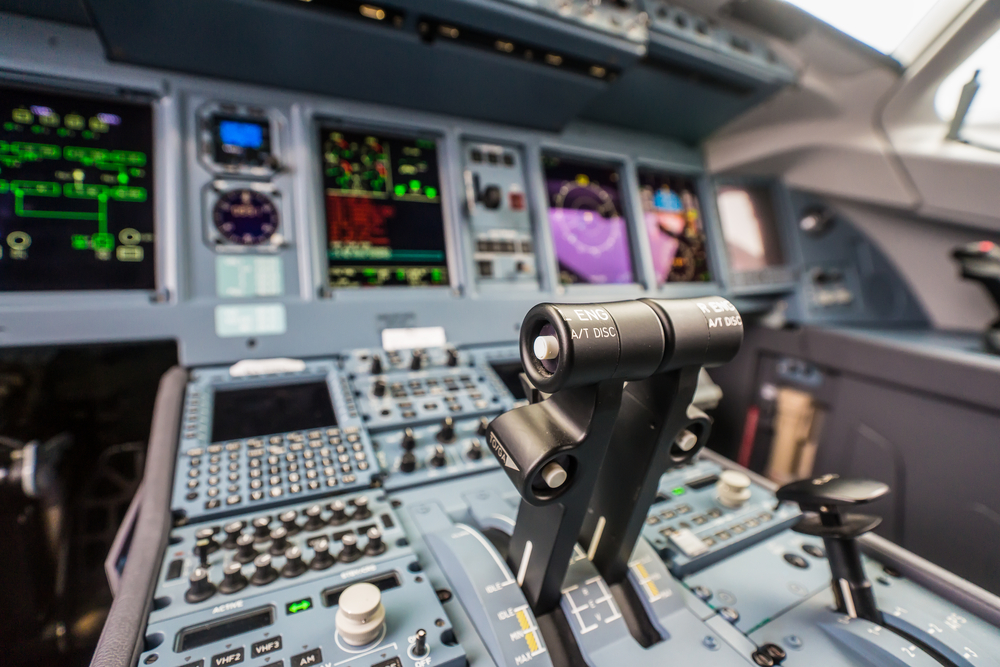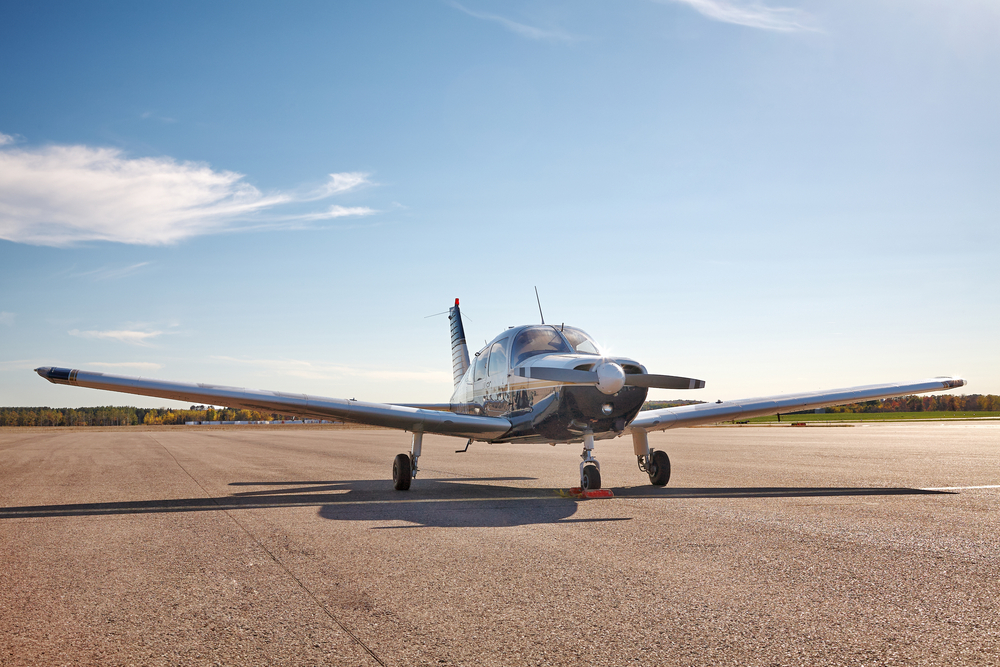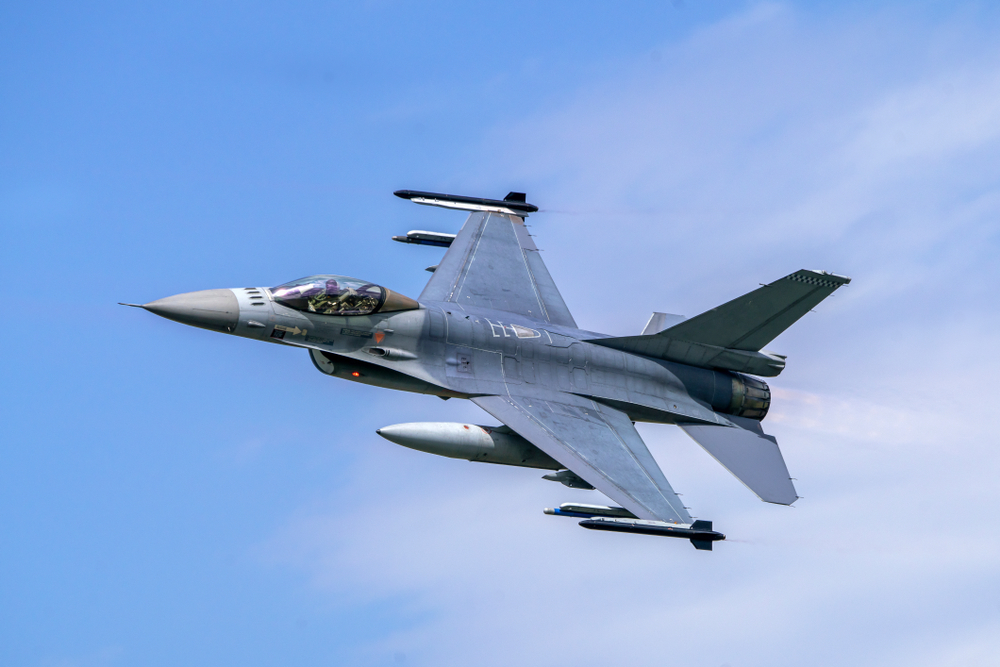Business Aviation is evolving fast with new tech, market growth, and sustainability shaping private air travel’s future across global markets.
Business Aviation News

Business aviation continues to evolve as a crucial sector within the aviation industry. Various factors including technological advancements and changing market dynamics influence this evolution. This article looks into recent updates and trends shaping business aviation in 2023.
Market Growth and Fleet Expansion
Despite economic challenges, the business aviation market is growing steadily. Recent reports indicate an increase in demand for private jets. This growth is attributed to increased global business activities and a preference for safer travel options.
Manufacturers like Gulfstream, Bombardier, and Embraer have announced new models. These models promise advanced features and better performance. Notably, Gulfstream introduced the G700 and G800, both offering extended range and luxury amenities.
Technological Advancements
Innovation remains at the core of business aviation. Modern aircraft come equipped with state-of-the-art avionics systems. Enhanced cockpit technologies increase safety and efficiency. Autopilot advancements are particularly notable, making flights smoother and reducing pilot workload.
- Improved in-flight connectivity ensures continuous communication.
- High-speed internet access allows for productive use of travel time.
- Advanced diagnostics systems help with predictive maintenance.
The push towards more sustainable aviation cannot be ignored. Companies are investing in research to produce environmentally friendly jets. Sustainable aviation fuel (SAF) is gaining traction, with several operators starting to use SAF blends.
Regulatory Changes and Compliance
Regulations shape the way business aviation operates. Recent changes focus on improving safety standards and operational efficiency. The European Union Aviation Safety Agency (EASA) and the Federal Aviation Administration (FAA) have introduced new guidelines.
Noise pollution is a concern. Newer jets are designed to be quieter, aligning with stringent noise regulations. Moreover, stricter emission standards are being set globally, pushing manufacturers to develop greener engines.
Operational Challenges and Solutions
Pilots and operators face several operational challenges. Air traffic control coordination is a major issue, especially in busy airspace. Real-time data analytics tools are being used to streamline operations.
Scheduling flexibility is another critical aspect. Companies are now offering more adaptable charter services. This flexibility caters to the varying needs of business travelers, ensuring timely and convenient travel arrangements.
Pilot shortages have affected the industry. Training programs are being expanded to address this issue. Simulator-based training and certification processes are also being enhanced.
Market Trends and Consumer Preferences
Changing consumer preferences are shaping business aviation trends. There is an increasing preference for on-demand charter services over ownership. Fractional ownership programs are also gaining popularity.
- On-demand services offer flexibility and reduce long-term commitments.
- Fractional ownership allows for shared aircraft usage, optimizing costs.
- Luxury and comfort are significant factors influencing choices.
Customizable interiors and enhanced cabin amenities are in demand. Manufacturers are focusing on providing personalized flying experiences. The incorporation of wellness features, such as air purification systems, is becoming common.
Industry Collaborations and Partnerships
Partnerships and collaborations are pivotal in advancing business aviation. Manufacturers are teaming up with technology firms to integrate the latest innovations. For example, collaborations with satellite companies are improving connectivity services on aircraft.
Joint ventures between charter companies and hospitality firms are enhancing customer experience. These partnerships offer seamless travel and accommodation packages, catering to high-end clientele.
Global Market Insights
Region-specific developments provide insights into the global market. North America remains a leading region, driven by high demand and extensive infrastructure. The Asia-Pacific region is showing considerable growth, fueled by economic expansion and an increasing number of high-net-worth individuals.
Europe is focused on regulatory compliance and sustainability. Meanwhile, the Middle East continues to be a significant market, with many firms leveraging business aviation for strategic regional connectivity.
Impact of Global Events
Global events significantly impact business aviation. The COVID-19 pandemic initially disrupted operations. However, the sector has shown resilience and adaptation. Private flying became a safer travel option during the pandemic, boosting demand.
Geopolitical tensions and economic conditions also influence market dynamics. Sanctions and trade policies can affect aircraft sales and operations. The industry must remain agile to navigate these uncertainties.
Future Projections
Industry experts are optimistic about the future of business aviation. Expected advancements in electric and hybrid aircraft technologies could revolutionize the sector. Continued investment in research and development is crucial for achieving sustainability goals.
Emerging markets present potential for expansion. As new wealth is generated in developing regions, the demand for business aviation is likely to increase.
Conclusion
Business aviation is marked by continuous transformation and adaptation. With ongoing technological advancements, regulatory changes, and evolving consumer preferences, the sector remains dynamic. Staying informed about these trends is essential for stakeholders to navigate and thrive in the business aviation landscape.

